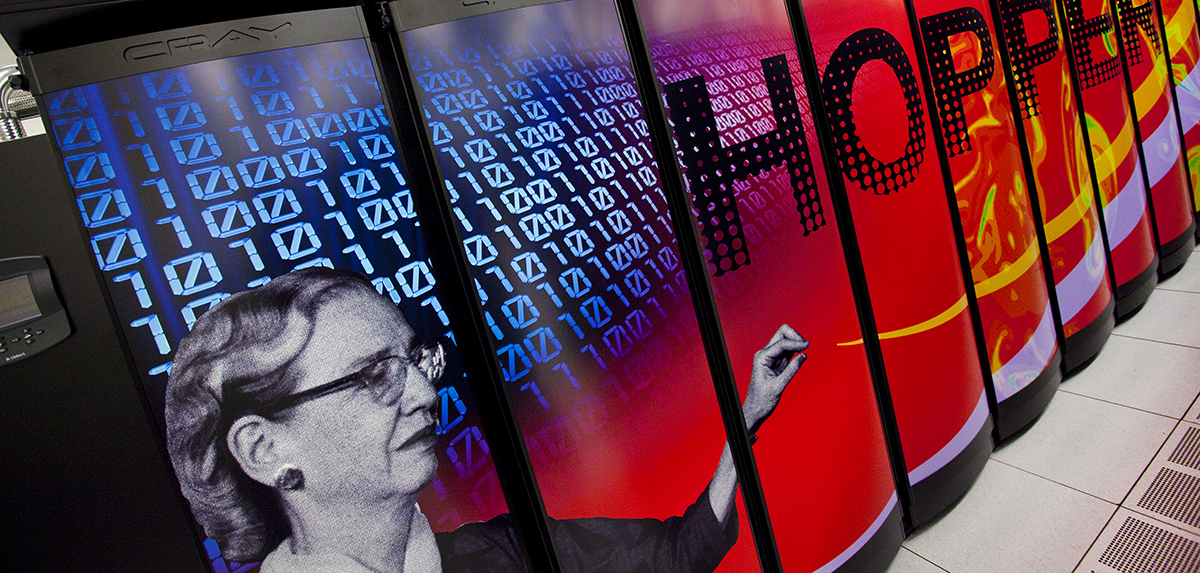Github organization
Some (but certainly not all) of the research software listed on this website and more can be found under the github organization of my research group: https://github.com/PASSIONLab/
Research Software
The Combinatorial BLAS: Distributed memory implementation of sparse linear algebra routines that can be used as building blocks for large scale graph and data analysis.HipMCL clusters protein similarity networks with 70 billion edges in a couple of hours. It is a highly-scalable distributed-memory implementation of the Markov Cluster algorithm.
PASTIS is a distributed-memory parallel many-to-many protein sequence aligner that uses sparse matrices.
CAGNET is a family of parallel algorithms for training GNNs that can asymptotically reduce communication compared to previous parallel GNN training methods. CAGNET algorithms are based on 1D, 1.5D, 2D, and 3D sparse-dense matrix multiplication, and are implemented with torch.distributed on GPU-equipped clusters.
merge-SpMM: Sparse matrix multi-vector (aka tall-skinny dense matrix) products on the GPU, also used in PyTorch Geometric
BELLA is a computationally-efficient and highly-accurate long-read to long-read aligner and overlapper for DNA sequences.
LOGAN does X-drop based pairwise alignment on NVIDIA GPUs.
GraphBLAST is a high-performance linear algebra-based graph framework on the GPU, which closely approximates the GraphBLAS API.
HipMer and MetaHipMer: Extreme-scale de novo genome assembler for large complex (meta)genomes. Primarily written in UPC with some MPI/C++ pieces.
Compressed Sparse Blocks: A small Cilk Plus library that performs sparse matrix times dense vector and sparse matrix transpose times dense vector using compressed sparse blocks.
mtSpGEMM: High-performance sparse-sparse matrix products on multicores processors.
SpDM^3 and HP-CONCORD: SpDM^3 does communication-avoiding Sparse-Dense Matrix-Matrix Multiplication on distributed-memory parallel computers and HP-CONCORD is high-performance inverse covariance matrix estimation using the CONCORD-ISTA algorithm.
Implementing Push-Pull Efficiently in GraphBLAS: Mapping direction-optimization to the language of linear algebra.
MS-BFS-Graft: Multithreaded OpenMP code for computing maximum cardinality matching on bipartite graphs. Performs multi-source breadth-first search with tree-grafting for exploiting parallelism.
Older Software that is no longer maintained
Genetic Mapping: MarkerReduce (based on the BCB paper) and BubbleCluster (based on the BIBM paper) are available from the CSC@UCSB Website.The Knowledge Discovery Toolbox (KDT): High-performance parallel graph analysis and mining in a very-high-level language (Python).
GPU-APSP: A CUDA program that computes the distances for all pairs shortest paths in a dense directed graph (represented in adjacency matrix form).
